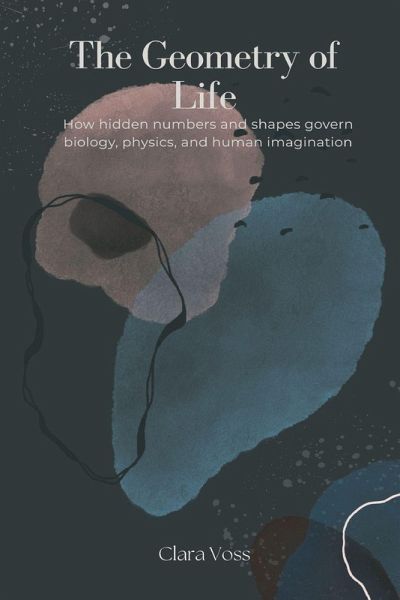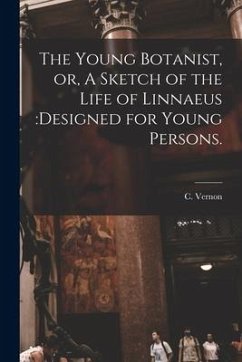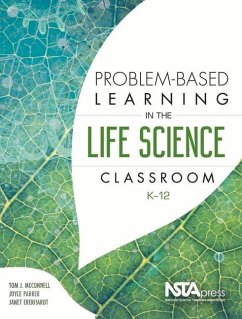
The Geometry of Life
How hidden numbers and shapes govern biology, physics, and human imagination

PAYBACK Punkte
11 °P sammeln!
Beneath the surface of every leaf, seashell, and galaxy lies a hidden code an elegant structure that reveals how the universe organizes itself. From the spiraling arrangement of sunflowers to the branching networks of rivers and lungs, math patterns in nature shape the very fabric of life. This book uncovers the beauty and logic of these designs, showing how Fibonacci spirals in plants, fractals in nature, and symmetry and beauty in science are more than curiosities they are survival strategies, blueprints for efficiency, and timeless inspirations for human imagination. Why does the golden rat...
Beneath the surface of every leaf, seashell, and galaxy lies a hidden code an elegant structure that reveals how the universe organizes itself. From the spiraling arrangement of sunflowers to the branching networks of rivers and lungs, math patterns in nature shape the very fabric of life. This book uncovers the beauty and logic of these designs, showing how Fibonacci spirals in plants, fractals in nature, and symmetry and beauty in science are more than curiosities they are survival strategies, blueprints for efficiency, and timeless inspirations for human imagination. Why does the golden ratio appear in ancient temples and modern art alike? What can biomimicry design principles teach us about solving today s engineering challenges? How does the study of sacred geometry reveal the way cultures across the world found meaning in numbers and shapes? And why does our brain light up with recognition when we discover recurring patterns in music, architecture, or the night sky? This book is written for the curious reader scientists, designers, artists, and anyone who has paused in awe before the symmetry of a snowflake or the elegance of a seashell. With engaging stories, clear explanations, and vivid examples, it bridges disciplines to show how physics patterns in everyday life are deeply connected to art, culture, and creativity. By the final chapter, you won t just notice patterns you ll see the world through them. You will understand why nature s mathematics for designers is not just about beauty, but about function, resilience, and possibility. This isn t abstract theory; it s a practical lens for seeing the hidden architecture of reality and using it to think, create, and live more intelligently.




![The Naturalist of the Sea-shore [microform]: the Life of Philip Henry Gosse Cover The Naturalist of the Sea-shore [microform]: the Life of Philip Henry Gosse](https://bilder.buecher.de/produkte/65/65566/65566665n.jpg)








